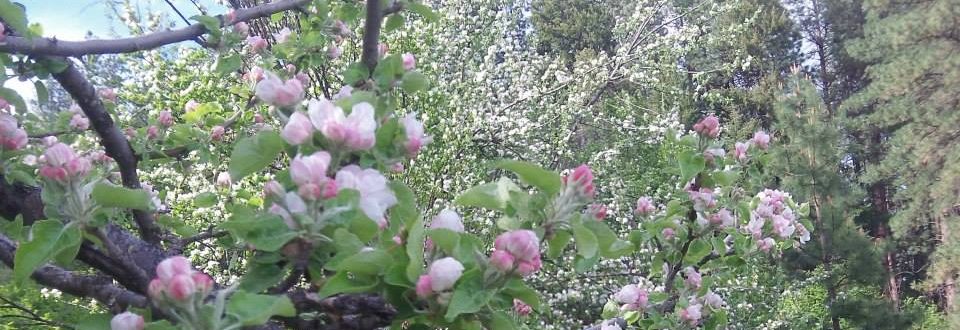THIS LONG CLUNKY PAGE IS BEING REWORKED AS A SHAREABLE GOOGLE DOCUMENT, VIEWABLE HERE:
Useful Plant Resources of the Klamath/Siskiyou Region
The Klamath/Siskiyou region of Oregon and California is a global hot-spot of temperate forest biodiversity. The region was the Ice Age refuge of forest species once widespread in Western North America. The Klamath/Siskiyou flora is thus particularly interesting to plant explorers, horticulturalists, and climate adaptation ecologists throughout the Western half of the continent, meriting continuous exploration.
Within the greater Northwest, I am not alone in my interest in the Klamath/Siskiyou flora. Many could benefit from a cooperative field-trip to the region.
Trends of climate warming, atmospheric carbon fertilization, drought, rangeland degredation, increased fire severity, woody plant encroachment, and soil degradation set the stage for the expansion of hot desert, chaparral, savanna, and laurosilva plant communites in the Northwest. The many members of the pine family (including spruces, true firs, hemlocks, and larches) seem to be retreating North, favoring fire-adapted pines, the cypress family, and resprouting evergreen hardwoods. Sagebrush steppe, open grassland, and mesic forest plant communities are in trends of decline. Sclerophyllus plants are gaining advantage. The future will need plants capable of coping with extremes of winter precipitation, summer drought, nutrient stress, and fire. The Klamath/Siskiyou flora is well-suited to these environmental trends. In the Old World, similarly adapted Mediterranean plants have proven resilience despite thousands of years of deforestation, grazing, and soil erosion. Land managers in the broader Northwest would be wise to adopt a policy of “assisted migration” to integrate elements of the Klamath/Siskiyou flora in horticulture, silvaculture, and rangeland management.
A northward and eastward shift of Klamath/Siskiyou taxa has paleo-ecological precedents. Idaho and the Northern Rockies were likely a stronghold for many of these taxa during the Miocene and Eocene. (For present and future predicted climate suitability maps of selected species see Waiting for the Squirrels)
Here I suggest some species a seed collection trip might focus on, including nut pines, world-class timber trees, oaks, other mast trees, stone fruits, useful evergreen deciduous trees, and high-protein perennial browse species. Autumn would be the ideal time for seed collection.
Ashland, Oregon is a happenin’ town and would make a fine base of operations for a botany caravan.
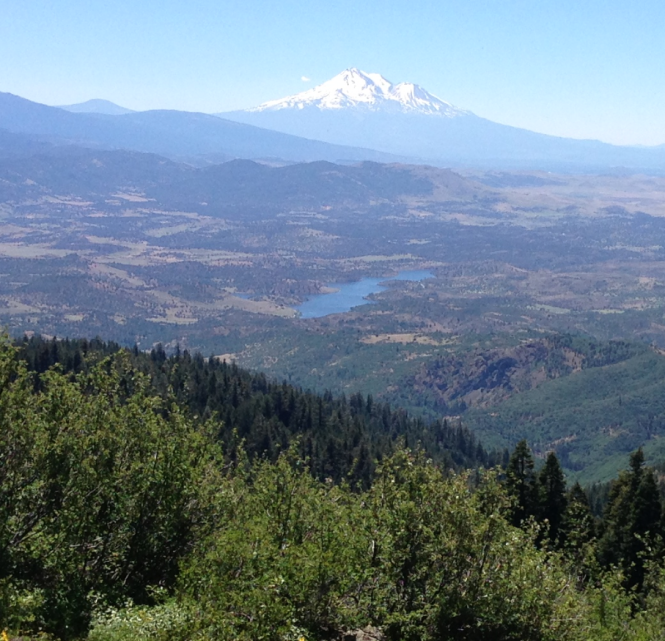
Detailed information on accessible populations and seed-ripening times will be needed to make the trip most productive. I am looking for the populations most adapted to cold and dry conditions. Please email practicalnaturalist@gmail.com with any helpful information.
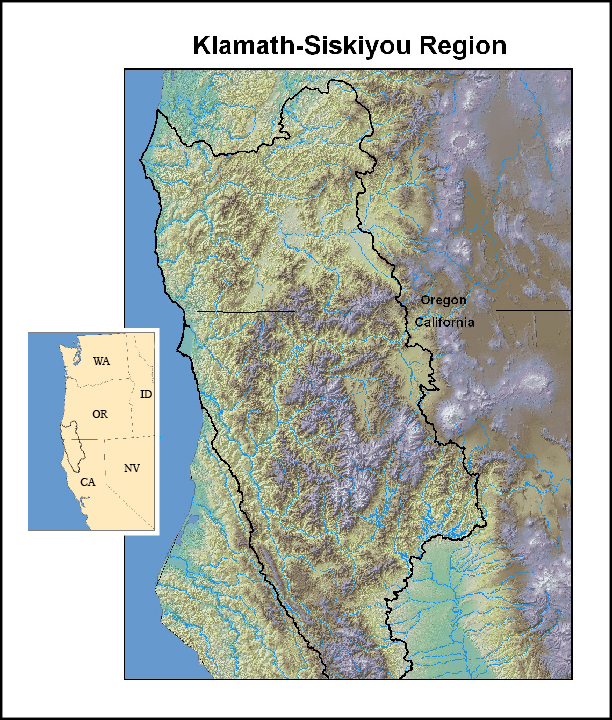
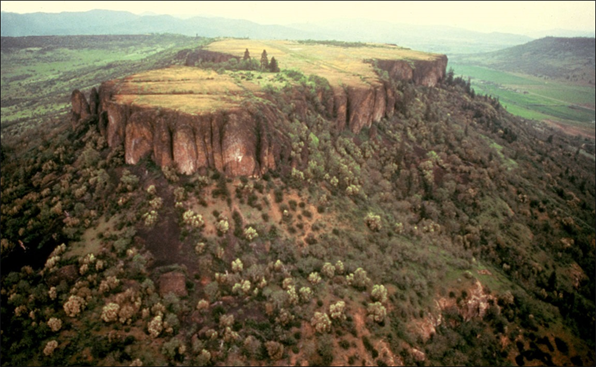
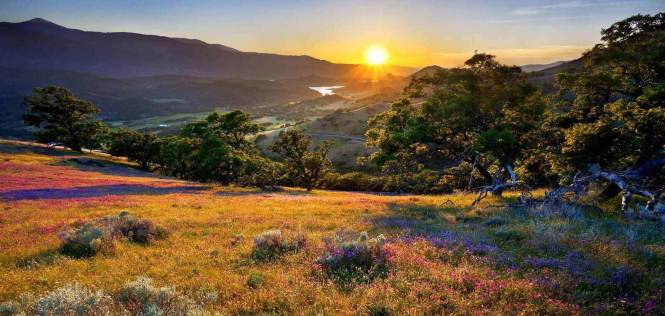
Species of special horticultural/pastoral/silvicultural interest:
PINES
-sugar pine ( world’s tallest pine, edible seeds, excellent timber, need blight resistance)
-grey pine (edible seeds, impressive fire/drought tolerance, ponderosa relative)
-Coulter pine (edible seeds, world’s largest pinecones)
OTHER GYMNOSPERMS
-incense cedar (adaptable, drought-tolerant, rot-resistant timber)
-Baker cypress (rare endemic, rot-resistant timber)
-Port Orford cedar (premiere timber, denser than red cedar, need blight resistance)
-redwood (world’s tallest tree, light durable timber)
-Brewer spruce (rare endemic)
-ephedra (stimulant, drought tolerance)
OAKS
-California black oak (hardy, poor soils, large acorns)
-Oracle hybrid oak (semi-evergreen)
-Canyon live oak (endemic taxa, hardy evergreen, poor soils, tough wood)
-valley oak (West’s tallest oak, large acorns)
-Saddler oak (rainforest adapted)
-blue oak (drought adapted)
OAK RELATIVES
-tanoak (favored edible mast, tannins, evergreen, mountain subspecies)
-golden chinquapin (evergreen, edible mast, vigorous, chestnut graft-compatible)
-dwarf chiquapin (edible mast, drought tolerant)
STONE FRUITS
-Klamath plum (endemic plum, tasty selections, possible desert peach crosses)
-desert peach (drought tolerant plum and apricot relative)
-desert almond (drought tolerant)
-hollyleaf cherry (evergreen mast cherry, possible ancient P. emarginata hybridization)
-catalina cherry (preferred evergreen mast cherry, island endemic)
HEATHER FAMILY
-madrone (vigorous evergreen hardwood, sorta edible fruit, wildlife forage, dense fuel)
-select manzanita (tart edible fruits)
-evergreen huckleberry
ACTINORHIZALS
-birchleaf mountain mohogany (most vigorous mountain mahogany, excellent browse)
-birchleaf x curlleaf hybrid from Cascade-Siskiyou N.M.
-Ceanothus thyrsifolius (most vigorous hardy ceanothus, excellent browse, blue flowers)
LEGUMES
-Western redbud (edible seed, basketry, beautiful red blossoms)
-Amorpha californica (good forage)
-tree lupine
OTHER FRUITS AND NUTS
-California bay laurel (drought tolerant gourmet nut, food preservative, large tree)
-Malus fusca (native apple)
-Toyon (drought tolerant pome fruit)
-Sierra bladdernut (possibly as edible as Eastern relatives)
-Hind’s walnut (native walnut)
-California buckeye (dry-dormant, beautiful blossoms, large nut processed for food)
-naturalized chestnut
-naturalized fig
OTHER FORAGES
-flannelbush (vigorous preferred forage, drought/fire tolerant mallow family relative)
OTHER TREES
-California sycamore (endemic shade tree)
FORB LEGUMES
Dalia, Hosackia (warm-season forage), Trifolium, Hoita, Thermopis, Marina
FORB LILIES
-soaproot (gopher-resistant edible), Calochortus (many beautiful edible species), Lilium washingtontonia
FORBS EDIBLE SEEDS
Clarkia, Madia, Salvia
……………………………………………………………………………………………………………………………………………………..
SPECIES DESCRIPTIONS
Sugar Pine
A nut pine and timber pine for the mesic middle elevations of the West Coast. The world’s largest pine. A premiere silvicultural species. Taxonomically unique, hybridizing with white-bark pine. Splits straight for shingles. Particular stands are blister-rust resistant. As Laurasian primates, our relationship with pines is as old as the Cretaceous.
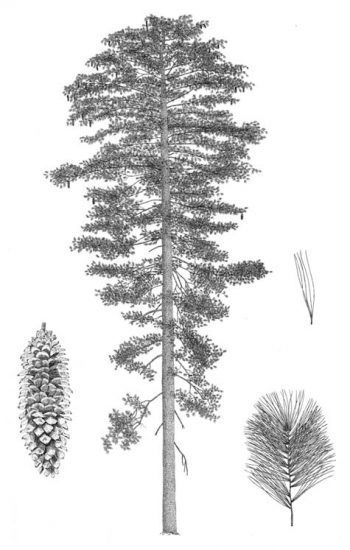
“Seeds of sugar pine are shed from the cone usually during September and October. They become mature some time before the cones open. But the precise time of seed maturation is highly variable… …After the second week of August, immature seeds can be brought to maturity.”
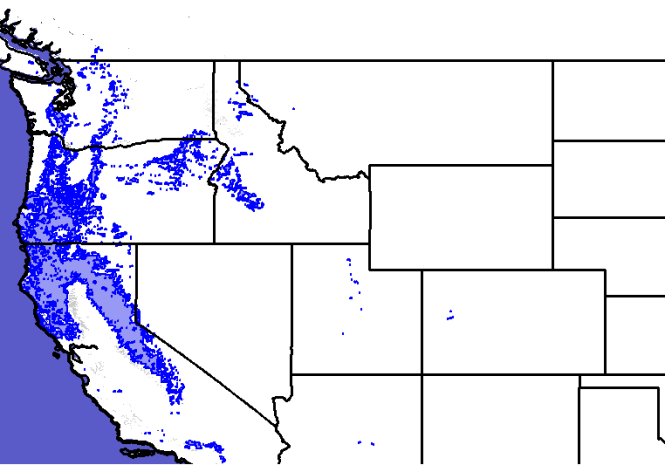
Pinus lambertiana present predicted range
Interspecific phylogenetic analysis enhances intraspecific phylogeographical inference: a case study in Pinus lambertiana
Status of sugar pine (Pinus lambertiana) at the northern edge of its range in northern Oregon
Artificial Ripening of Sugar Pine Seeds
THE ETHNOBOTANY OF THE YUROK, TOLOWA, AND KAROK INDIANS OF NORTHWEST CALIFORNIA
Gray Pine
A nut pine for the hot dry lower margin of forest, growing bellow the Jeffery Pine belt. Gray pine produces huge cones with large fatty seeds. The most cold-hardy strains should be sought out.
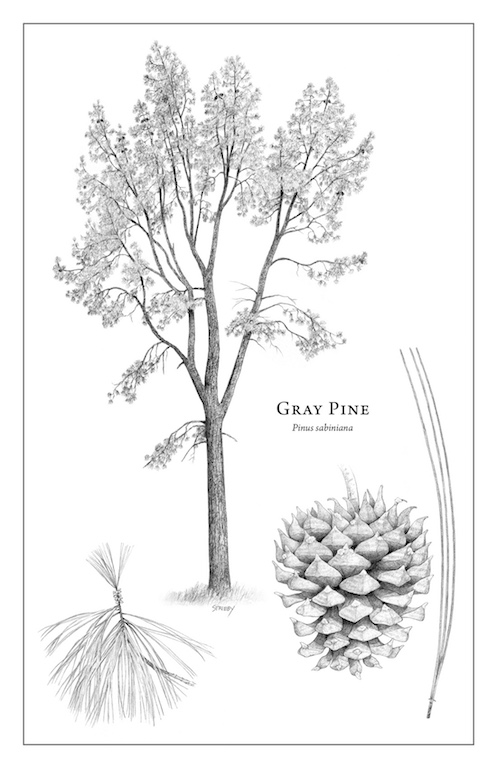
“Cones may open slowly so that dispersal, beginning in October, sometimes extends into winter. Although open, cones may contain moderate numbers of seeds as late as February.”
“California’s Gray Pine Belt and Oregon’s Rogue River Valley are mapped as climatic Zone 7 (Brenzel 2001). Zone 7 in Oregon is the northernmost extension of a climatic zone that lies primarily within California, with sharply defined seasons of hot summers and mild, but pronounced winters. So it should come as no suprise that some of California’s zone 7 plants are found in this small southwestern Oregon zone. That the most northern populations of Hinds walnut are in Jackson County is not an anomaly. A number of other trees reach their northern distribution limit here, including the indicator species for Zone 7.
Pinus sabiniana USDA silvics
Genic diversity, genetic structure, and biogeography of Pinus sabiniana
BAKER CYPRESS
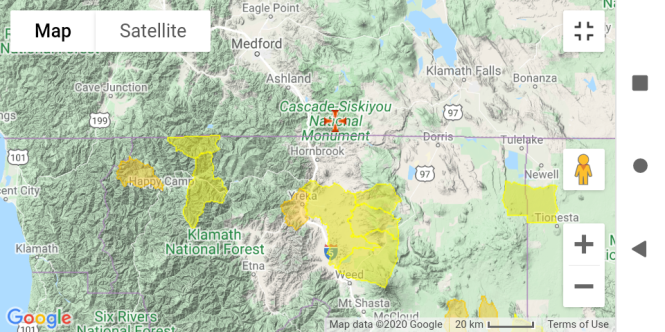
BREWER SPRUCE
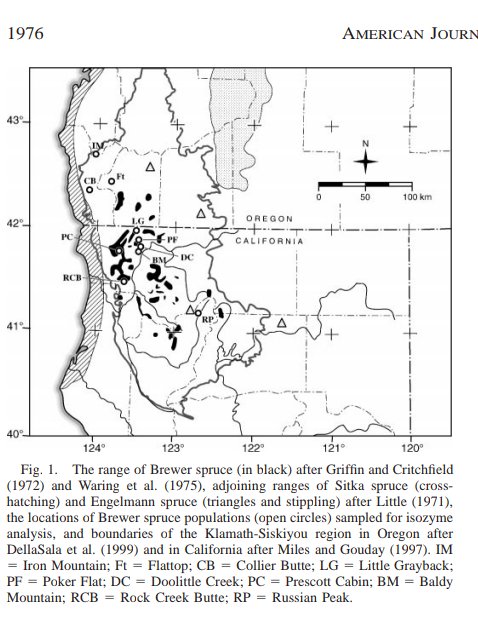
Brewer’s Spruce genetic diversity
OAKS
(see Western North American Oaks: Biogeography, Hardiness, and Hybridization)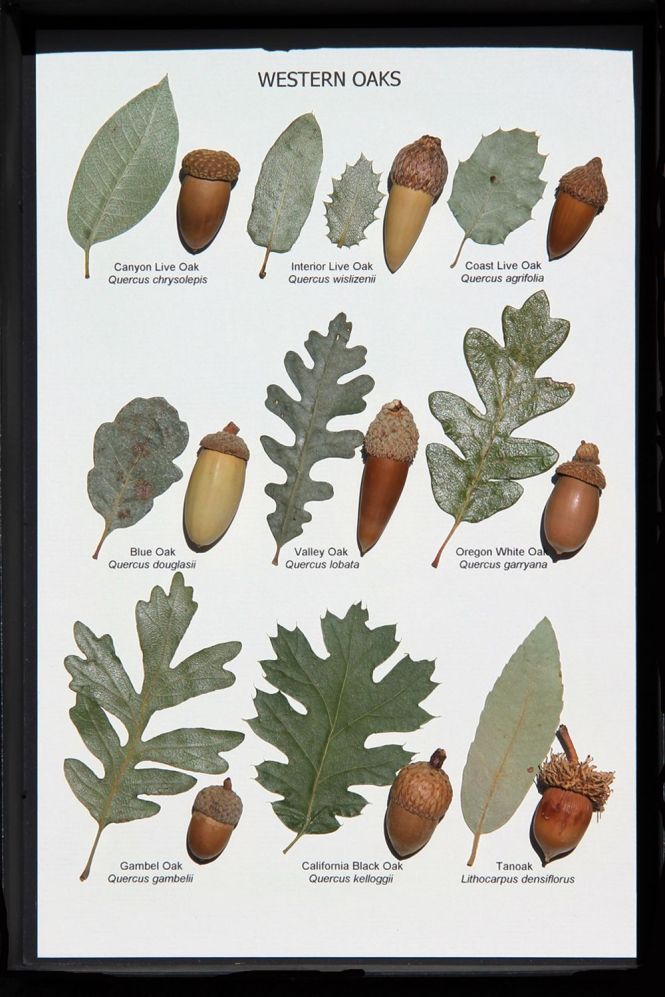
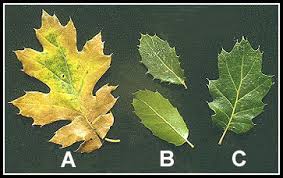
(oracle oak hybrid)
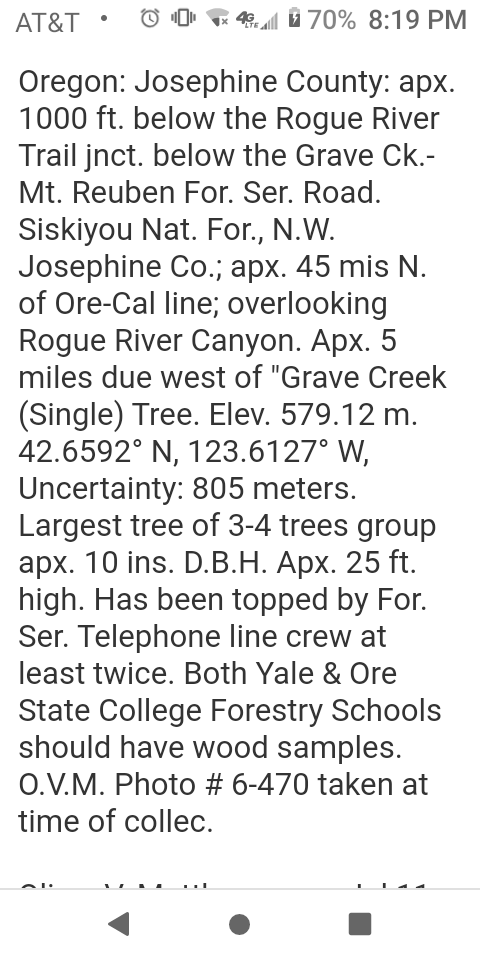

California Black Oak
This oak is the Northwest’s own representative of the uniquely North American red oak group. The acorns were a staple food of indigenous peoples. Contrary to the “sweet oak” myth of popular literature, high-tannin red oak acorns are a superior food, storing longer and being higher in fat than white oak acorns. All acorns require processing for edibility. California Black Oak is hardier than it’s present range indicates. Combined with Oregon white oak, California Black oak culture brings us a step closer Miocene oak diversity. Thick reflective leaves are drought adapted.
“California black oak acorns mature during the second summer after pollination. The acorns are 0.7 to 1.7 in. long and 0.4 to 1.5 in. wide, and number from 52 to 147/lb. Acorns should be collected from late September to early November. The first acorns that fall (mid-August to mid-September) are usually infested with insects. Acorns should be collected soon after they fall to reduce losses in viability from extreme temperatures and losses to animals.
California black oak acorns require after-ripening and should either be planted immediately or stored under cool, moist conditions (33 to 34 °F) until spring planting. Germination capacity is quite variable, ranging from 21 to 95 percent; average rates were 31 to 38 percent in one large-scale test.”

Quercus kellogii present predicted range
Black Oak- Hardwoods of the Pacific Northwest
Tanoak
An evergreen oak-relative, widely regarded as the most gourmet of the acorns. Tanoak is the sole member of Notholithocarpus genus, but closely related the Lithocarpus spanning temperate and tropical Asia. Such species are the dominant trees of the laurel-forests which have been the habitat of orangutans and Eurasian primate predecessors of the Miocene. The primate relationship with trees like tanoak probably pre-adapted our species for the intensification of temperate balanophagy, common to the world’s most sophisticated forager societies. Evergreen leaves adapt tanoak to a winter moisture regime, and nutrient-poor forest soils. Experiments are needed to determine if the shrubby types (Lithocarpus densiflorus var. echinoides) of certain high-mountains locales are more cold-hardy.
“A tanoak seed is similar to an oak acorn, about 0.75 in. long with a shallow, hairy cup. There are about 110 acorns/lb. Tanoak seed may be collected from late September to mid-November. Early acorns are often infested with insects; later acorns are generally sound, especially in a mast (high seed production) year. Acorns should be collected soon after they fall to reduce losses in viability from exposure to heat or drying. Germination and seedling emergence usually occur in spring. Acorns should be planted immediately or stored under cool, moist conditions (33 to 34° F) until spring planting. Estimates of germination rate vary from 19 to 80 percent. Acorns should be planted with the pointed end up.”

Notholithocarpus densiflorus present predicted range
Tanoak- Hardwoods of the Pacific Northwest
……………………………………………………………………………………………………………………………………………………..
Chinquapin
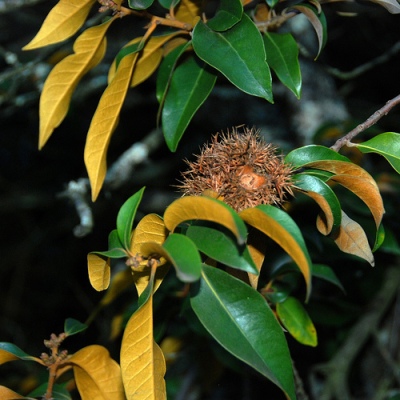
…………………………………………
Naturalized Chestnut
Chestnuts are the most edible members of the Beech Family, an efficient staple food, rivaling grain crops. Naturalized sweet chestnuts grow in the Klamath River nieghborhood, where they are on their way to becoming uniquely Northwestern.
Madrone
Madrone is a giant edible evergreen member of the Heath Family. Perhaps the hardiest strains are not the northern coastal types, but the types from the central mountains and near Crater Lake.
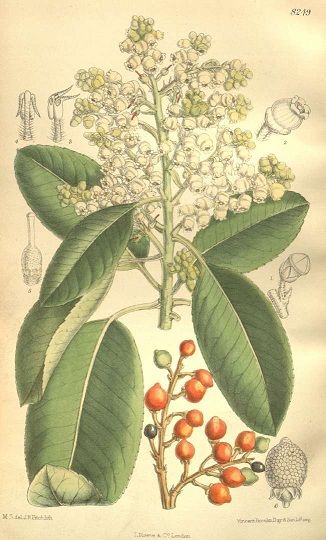

Arbutus menziezii present predicted range
Western Redbud
Northern herbarium record: Harris Gulch, West of Millionaire Mine
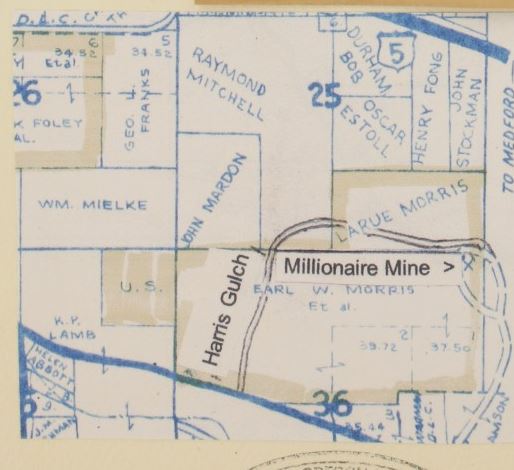
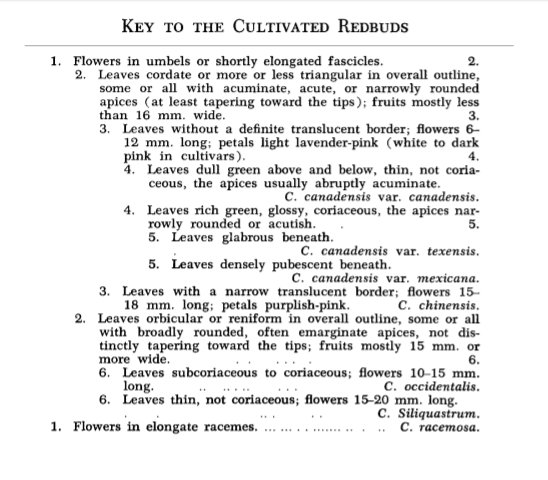
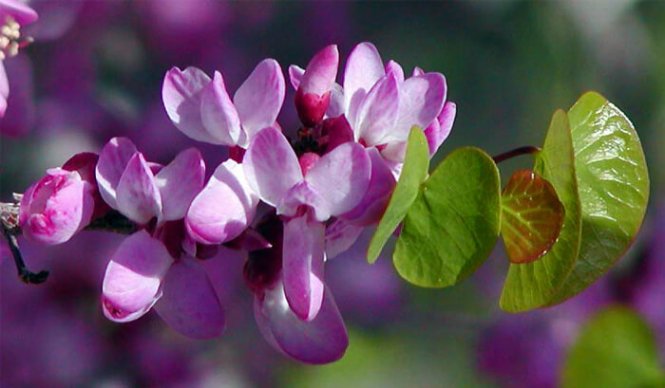
A unique native legume. Seeds were a minor edible. Beautiful useful shrub.
California Bay Laurel
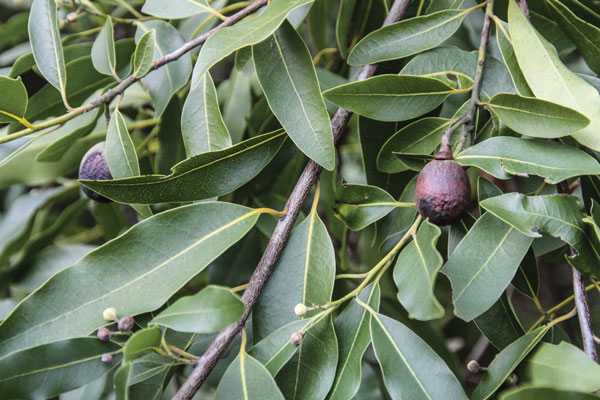
From one of the oldest lineages of flowering plants, California bay laurel was a component of Miocene laurel forests, and produces a chocolate-like edible nut. Evergreen and aromatic. Leaves used in seasoning and food preservation. Some stands grow deep the cold dry Inland.
“Each fruit contains one nutlike seed (0.6 in. in diameter); there are about 300 seeds/lb of fruit. California-laurel seed may be collected from the ground during late fall and winter, although it should be collected soon after it falls to reduce losses in viability from exposure. Germination and seedling emergence occur in autumn, soon after seedfall or in late winter and spring.
Seed should be planted immediately or stored under cool, moist conditions (37 °F for up to 6 months) until spring planting. Germination of fresh seed may take up to 3 months; scarification or stratification can shorten this time to 2 months. Rates of germination are not affected by light; the highest rates occur with high humidity in moist, but not wet soil (moisture tension of -4 to -10 bar)”

Umellularia californica present predicted range
California Laurel- Hardwoods of the Pacific Northwest
PRUNUS
(see Subgenus Prunus: Saccharine Snack of Savannastan)
(see also The Nimble Cherry and the Awakening Northern Jungle)
Klamath Plum
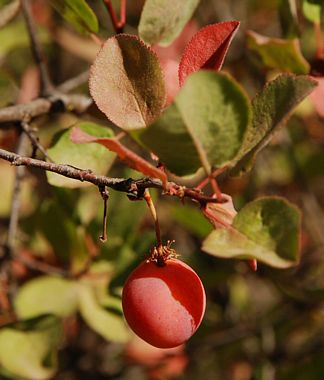
The West Coast’s native plum. Very hardy in the semi-arid interior. Likely a good candidate for bio-regional plum breeding.
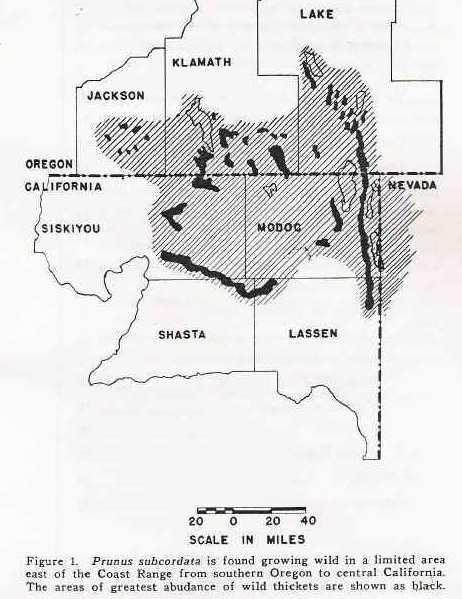
…………………………………………………………………………………………………………………………………………………….
Desert Peach (Prunus andersonii)
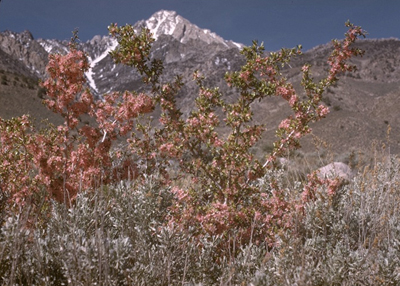
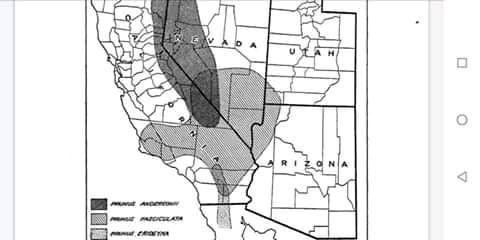
Holly Leafed Cherry
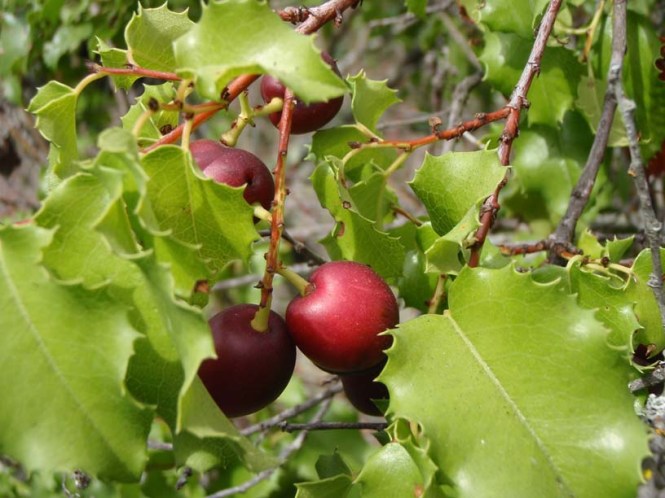
An evergreen cherry, with a large seed once processed for food.
……………………………………………………………………………………………………………………………………………….
Hardiness Zones of Some Intermountain Towns: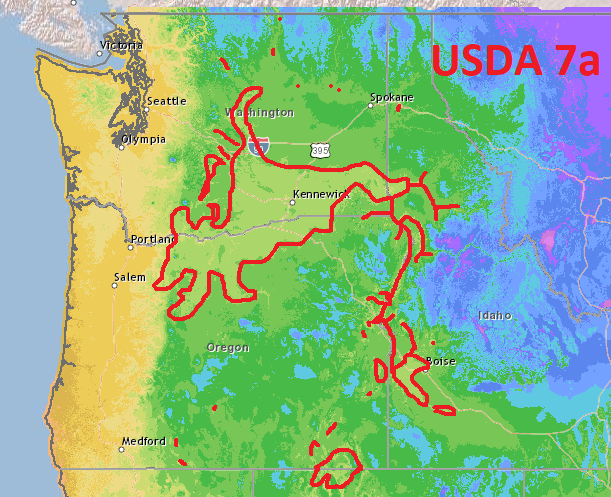
Kettle Falls 6b
Spokane 6b
Sandpoint 6b
Tonasket 6b
Payette 6b
Sunnyside 7a
Naches 7a
Wenatchee 7a
Chelan 7a
Stehekin 7a
Omak 7a
Oroville 7a
Coulee Dam 7a
Three Rivers 7a
Couer d’Lane 7a
Walla Walla 7a
Orofino 7a
Kamiah 7a
Banks, ID 7a
Boise 7a
Warm Springs 7a
The Dalles 7b
Hermiston 7b
Lewiston 7b
Hell’s Canyon 7b
Salt Lake 7b
Resources:
Hardwoods of the Pacific Northwest
The Paleohistory of California Oaks
Phylogeny, Biogeography, and Processes of Molecular Differentiation in Quercus Subgenus Quercus (Fagaceae)
Eocene and Oligocene Floras and Vegetation of the Rocky Mountains
